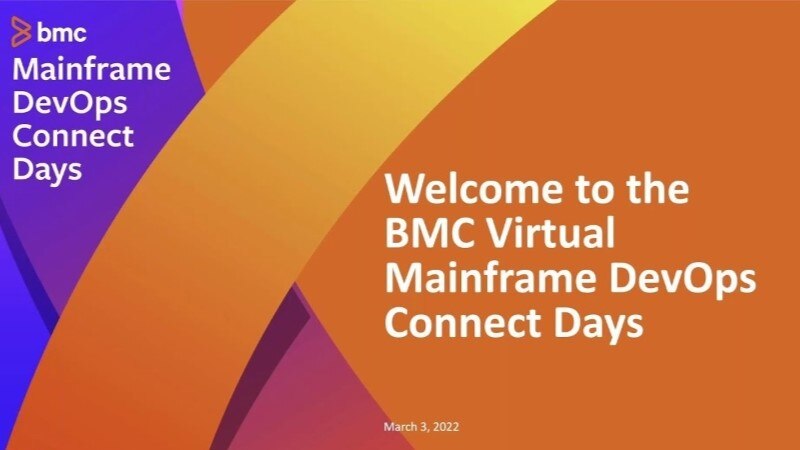Informed Business Intelligence
Aggregate data provides a 360-degree view of business performance. This gives decision-makers key insights into the big picture, enabling more accurate conclusions and strategic next steps.
Speak to a rep about your business needs
See our product support options
General inquiries and locations
Contact usData aggregation builds a comprehensive, contextual overview based on large amounts of granular data. Aggregated data can be simple (e.g., quarterly marketing reports) or complex (e.g., real-time mobile fast food orders).
Importance
Importance
Use Cases
Nearly every industry can benefit from data aggregation software and platforms.

Article/Blog
Where and how does data transformation fit into your overarching data pipeline? Explore how data is used and how it gets from point A to point B.
Article/Blog
Follow our step-by-step and best practices guide to data quality management (DQM). Learn how to leverage insights to improve customer experience, innovation, top-down decisions, and more.